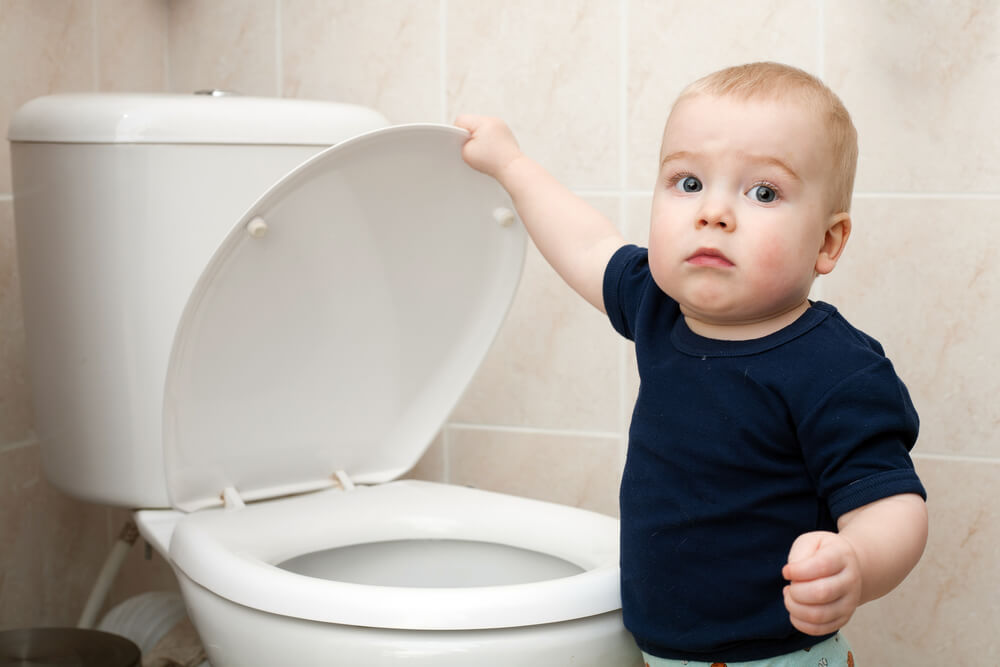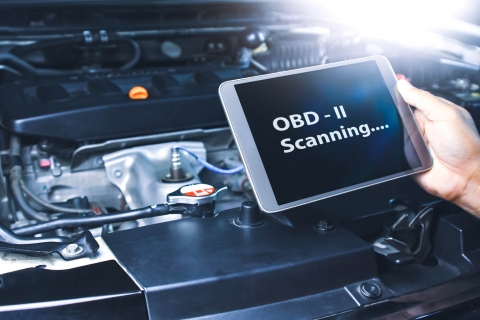How To Stop A Toilet From Hissing

Should you be worried when your toilet makes a hissing sound?
Yes, you should be. The hissing sound is a common occurrence among many toilets. This does not mean that it is a design of the toilet tank to make weird noises during refill. This problem is associated with a malfunction in the toilet. The situation is not serious and you can easily fix it. This should not be an excuse to ignore it nonetheless. The costs associated with it may cut deep into your pocket in the long-run.
So, the next time your child runs to you about a snake in the toilet, do not call an exterminator.
How the toilet works
How the toilet works is very simple. The tank is made up of several parts, each playing a specific role.
- Flush valve- opens up the pipe that allows water and waste to be expelled from the commode.
- Fill valve- allows fresh water into the tank. The fill valve has a float attached to it. When the water level goes down after flushing, the float descends downwards. This unlocks the valve that allows water to flow into the tank. The float ascends upwards, as the water level rises up to a point where the valve shuts off, stopping water from flowing in.
- Flapper- is connected at the bottom of the flush valve. When the flush valve is closed, the flapper closes the draining hole to stop water from flowing out. When the flush valve is opened, it is pulled upwards and the draining hole opens allowing water discharge.
Where does the hissing sound come from?
The hissing sound is produced when the fill valve fails to shut off completely. This failure can be linked to a malfunction in three areas: the flapper, the flapper chain, and the floater. Once you narrow it down to where the problem stems from, the hissing noise is easy to fix.
If the Flapper is Damaged...
Hissing sound can be caused when the flapper is damaged. A disfigured flapper does not lock tightly with the drain hole. This causes water to leak continuously from the tank. As a result, the float lowers, opening the fill valve to allow more water. This process is continuous unless something is done to it.
What you should do:
Properly examine the flapper. Depending on the design of your toilet, ensure it is physically okay. It should have a leak-proof seal and be properly placed. If it is warped or not fitting suitably with the drain hole, cut off the water supply to the tank, flush out the remaining water and disconnect the flapper. Ensure you note down the correct model of the toilet and then visit a local hardware store for a replacement.
If the Flapper chain is Damaged...
This chain connects the flapper to the flush lever. If it is not of the right length, the flapper chain will prevent the flapper from connecting properly with the drain hole. If it is too long, the chain may create a connection barrier when it goes under the flapper. If it is too short, it may not allow the flapper to settle correctly. The gap formed in both cases allows water to leak out. This results in the hissing sound.
What you should do:
Simply adjust the chain at the point where it is held by a clip to the recommended size. This should solve the issue. I would also recommend that after adjusting to a length, flush severally to ensure the noise is no longer available. If the hissing persists, adjust to another length size, flush and listen. Do this repeatedly until you get the right length.
If the Float is Damaged...
The toilet float is responsible for refilling water into the toilet tank. It is also responsible for stopping water flow when it rises to a certain point. By design, it rises and falls with the water level. Problems may occur when the float does not rise to the predetermined area to shut of the fill valve. Water tries to escape through the small opening leading to pressure build up inside the valve. This creates the hissing noise.
What you should do:
Two problems can inhibit the float from locking the fill valve properly:
- Water streaming into the float affecting its buoyancy
- Debris affecting the smooth movement of the float
In this case, I would recommend you consult a qualified plumber. Alternatively, you may opt to change the whole fill valve. This is due to structural damages in the tank. Nothing much can be done to salvage it.
Maybe it's Debris in the fill valve...
There are instances where debris or sediments in the water may get trapped at the mouth of the fill valve. The sediments prevent it from shutting off fully. As a result, water forces its way out through a restricted opening causing the hissing sound.
What you should do:
Remove the fill valve cap and then flush out all debris present inside it. You can also view this video to learn how to replace a damaged cap.





